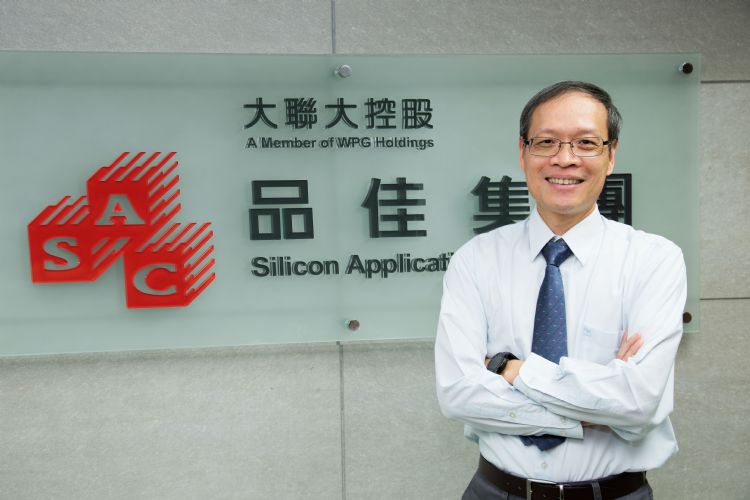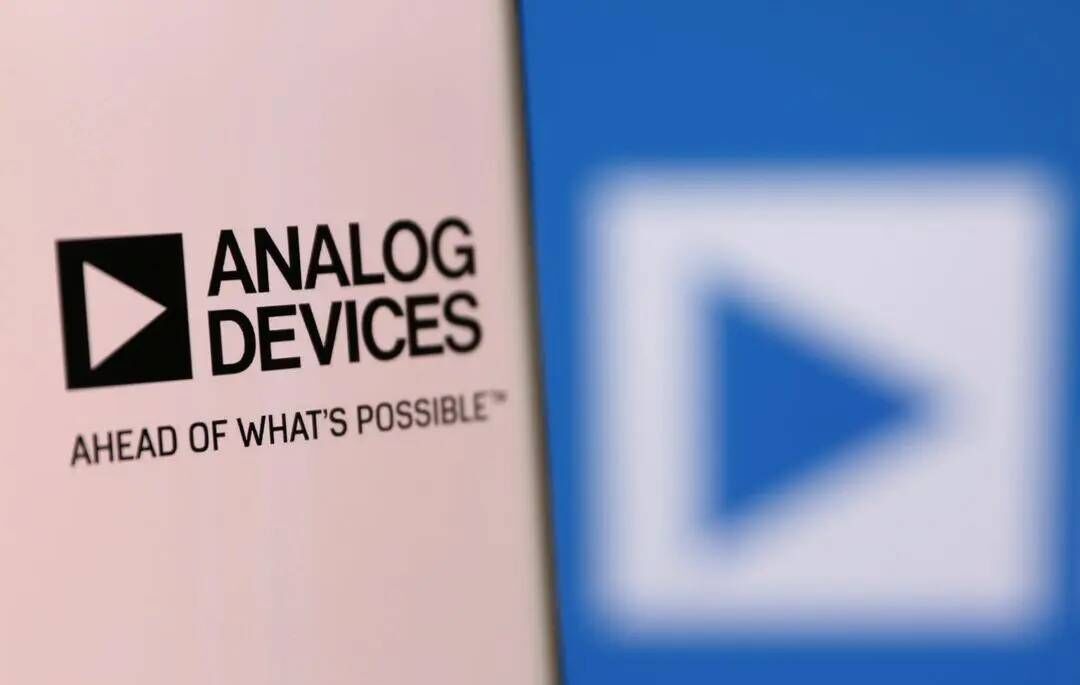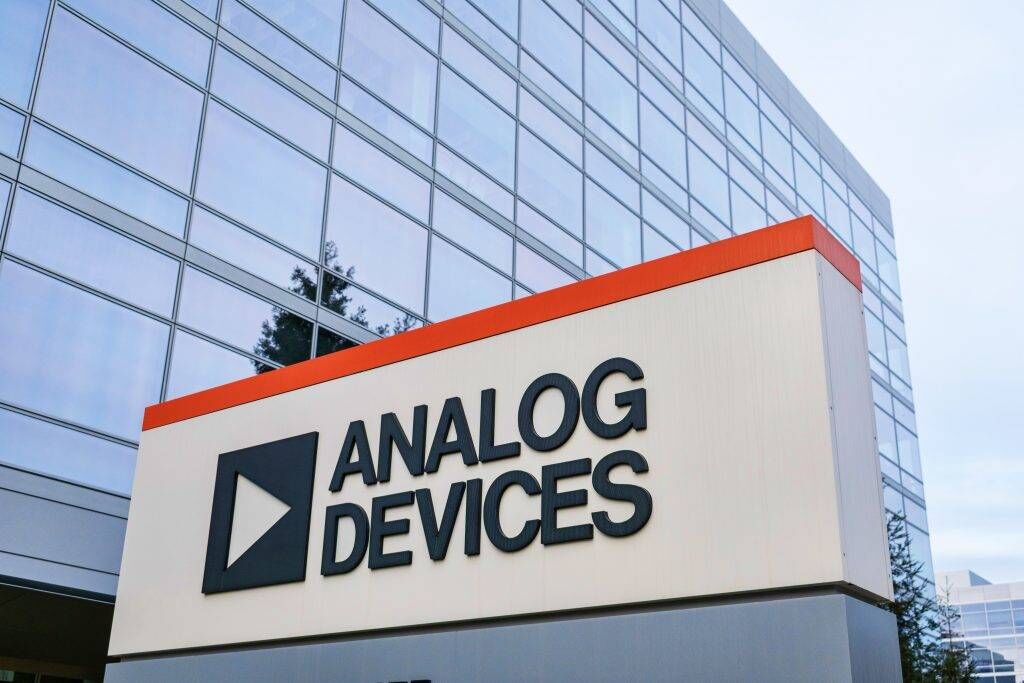In recent years, the IT market has changed rapidly, and there have been disruptive technologies that have hit the market, including cloud computing, the Internet of things, and big data. Each new technology and new concept has brought disruptive innovation to the technology industry. In the face of these new shocks, whether it is a single product or an overall architecture, it must be adjusted in response to new industry trends. In particular, the rise of AI technology in 2017 is to integrate the existing Internet of Things into AIoT and become a new generation of IT mainstream. Zhou Xinxu, Deputy General Manager of the SAC’s Technical Support Center of WPG group, believes that the current IoT architecture must have AI capabilities, and it is still unreliable, including bandwidth, computing power, security, etc., all of which are encountered during the operation of the Internet of Things system. For this challenge, Zhou Xinxu pointed out: "Edge Computing will be the answer for AIoT in the future."
The Internet of Things (IoT) firstly captures data from the first-level sensing network, and then sends the data to the above cloud-based platform for storage and calculations to make an optimal analysis. Zhou Xinxu pointed out that the operating quality of the back-end platform is in addition to the processor. In addition to its own capabilities, sensing the amount of data transmitted from the Internet is also crucial. "After all, a huge amount of data can accumulate enough samples, and the AI's calculations can only be accurate enough." But with a lot of data comes frequency. The issue of bandwidth is, "Now the bandwidth of communications technology is large enough. To transmit large amounts of data is not an issue long ago. The problem is that broadband design is costly when the system is built and operated."
The second problem of AIoT is computing capability. The current Internet of Things system is responsible for computing by the upper cloud platform. For systems with few sensing and control nodes, this centralized computing method is a better choice, but Zhou Xinxu It is pointed out that if the number of nodes is large enough, the computing power of the cloud platform may not be able to load high-volume operations. "And even if it can load, the whole system will operate at a slower speed," especially for most of the equipment equipped with AI. In the system, the requirements for immediacy are quite high. Once the speed is slowed, system performance will be greatly reduced.
To solve the bandwidth and computational problems, Zhou Xinxu stated that it is necessary to start with the enhancement of terminal equipment. “The practice of edge computing is to allow the terminal equipment of the Internet of Things system to have a certain degree of computing power.” The data is first processed at the terminal equipment and then processed. The processed data is transmitted to the upper cloud platform. “In simple terms, the data received by the cloud is processed and processed first. This way, the quantity is not only less, but also the content is more accurate, so the work can certainly be faster and more burdensome.” Will also be reduced.” In addition to the front-end data preprocessing, some simple work can also be directly in the front-end operations, directly by the controller to complete, no longer need to be ordered by the cloud platform, in this case, the system’s reaction is more instantly.
SAC Group indicates: "As far as the field of edge computing is concerned, many types of applications, such as smart cities, augmented reality (AR), M2M, smart homes, smart manufacturing, etc., which have high demand for immediacy, are target applications, for example the machine vision system of manufacturing can achieve real-time requirements through edge computing. In the future AIoT system, the cloud platform and edge equipment will be divided into operations. The cloud is responsible for long-term decision analysis. The immediate demand work is done by the terminal equipment."
In this regard, whether it is the computing capability or bandwidth, edge computing is currently the best design method AIoT seems, but Chen Hongji said that edge computing is a new design concept for the development engineer will be the current larger The challenge is that there are already vendors that have launched AI's related development kits. For example, Google's AIY Projects will allow interested parties to DIY their own AI artificial intelligence products. The current generation of AIY's processors uses NXP's (NXP)'s. i.MX 8M, "Google chose i.MX 8M mainly to be optimistic about the processing power of this chip in voice, video and audio, coupled with his high compatibility and low power consumption features, so that the limited resources of the makers or new Entrepreneurs are very much used."
"From the perspective of the current overall industry development, there are already a large number of manufacturers actively investing in AI R&D on the market." Therefore, Zhou Xinxu is very optimistic about the future, especially marginal computing. The most recent research report can be seen, IDC pointed out that in 2022, the global Of the IoT systems, 43% will be in terminal equipment, and the IEK also said that from 2017 to 2022, the marginal computing will grow by 10.7% annually, which shows the future development potential. Zhou Xinxu Finally, he also pointed out that the development of AI is not to replace humans, but to assist humans to handle smarter tasks. He took the case of the application of NXP products represented by the WPG and the SAC Group in mainland China. Nowadays, smart homes in the mainland are very prosperous. NXP It has been built into many home appliances, such as ovens, air conditioners, and even shower heads. As intelligent voice control, "these products are already available, and the market responds very well. From these applications, you can see how marginal operations can help people. Life is simpler and more convenient, and we are moving into a smarter next-generation life."












All Comments (0)